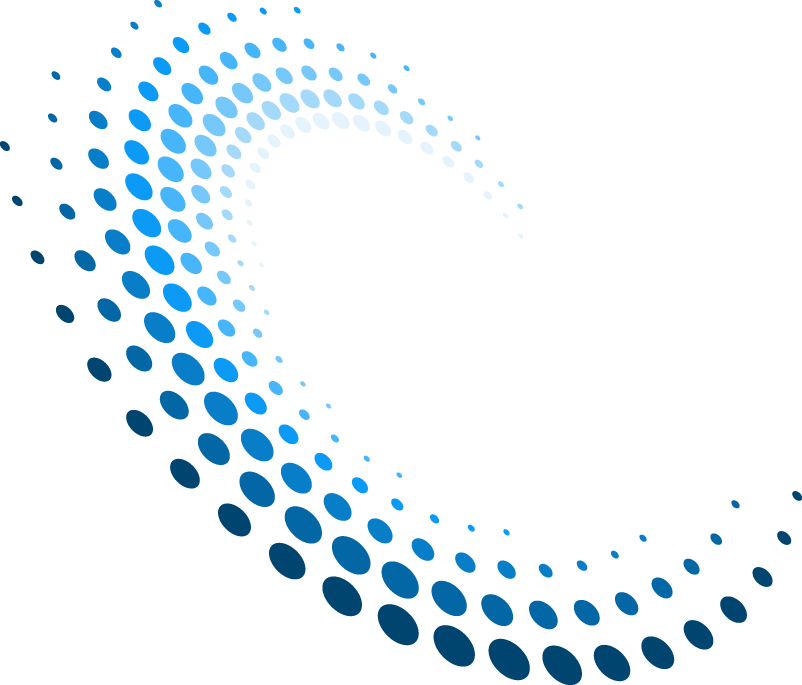Raman spectroscopy, a vibrational spectroscopy with a number of useful properties (non-destructive, non-contact, high molecular-specificity, robustness) has significant potential advantages for the analysis of molecular nanoparticles. Key amongst them are its intrinsically high molecular specificity, the ability to measure in water, the requirement for minimal (or no) sample pre-treatment, the flexibility of fibre-based sampling configurations, and suitability for automation.

Conventional Raman Spectroscopy (CRS)
Most industrial applications of Raman implement CRS based measurements. CRS involves the illumination of the sample with a monochromatic light source (usually a continuous-wave laser with a wavelength in the 400–1000 nm range) and the collection of the inelastically scattered photons. Since CRS is usually measured in the UV-NIR spectral region, conventional glass and quartz-based optics can be used to the get the light to and from the sample and a wide variety of sampling configurations can be facilitated (e.g., fibre optic probes, high throughput platforms, and standard microscopes). CRS is a mature and widely-adopted technique that is particularly suited to being integrated into the manufacturing systems that require real-time quantitative and qualitative chemical information. At NUIG we have been using and evaluating Raman spectroscopy for applications in biopharmaceutical manufacturing [1, 2] and low content quantification of small molecule active pharmaceutical ingredients (APIs) [3 4]. In PAT4Nano NUIG are implementing CRS measurements with an excitation wavelength of 785 nm using several different instruments and sampling configurations.
Raman spectroscopy for particle size analysis
The Raman spectra recorded by most instrumentation comprise of multiple signals which are all important in the context of nano-suspension characterization. The measured spectrum includes the normal spontaneous Raman scatter, inherent noise & potential fluorescence interference, but also Rayleigh and Mie/Tyndall scattered light. This results in the spectra of nano-suspensions being comprised of three elements (Rayleigh, Raman, and a broad background), which contains both chemical and physical information. By using multivariate data analysis techniques on this type of data one is able to correlate some of the signal changes to variations in particle size. Meanwhile, the true Raman spectrum (free from Rayleigh and background signal) provides important information about other important physicochemical parameters such as component identity and concentration, polymorphism, hydrate formation etc.).
For more information see: www.nuigalway.ie/nanoscale
References
[1] Applications of Raman Spectroscopy in Biopharmaceutical Manufacturing: A Short Review, K. Buckley and A.G. Ryder, Applied Spectroscopy, 71(6), 1085-1116, (2017). DOI: 10.1177/0003702817703270
[2] Rapid characterization and quality control of complex cell culture media solutions using Raman spectroscopy and chemometrics, B. Li, P.W. Ryan, B.H. Ray, K.J. Leister, N.M.S. Sirimuthu, A.G. Ryder, Biotechnology and Bioengineering, 107(2), 290-301, (2010). DOI: 10.1002/bit.22813
[3] Low-Content Quantification in Powders Using Raman Spectroscopy: A Facile Chemometric Approach to Sub 0.1% Limits of Detection, Li, B. Calvet, A. Casamayou-Boucau, Y. Morris, C. Ryder, A.G., Analytical Chemistry, 87(6), 3419-3428, (2015). DOI: 10.1021/ac504776m
[4] Quantitative polymorph contaminant analysis in tablets using Raman and near infra-red spectroscopies, M.C. Hennigan and A.G. Ryder, Journal of Pharmaceutical and Biomedical Analysis, 72, 163-171, (2013). DOI: 10.1016/j.jpba.2012.10.002

